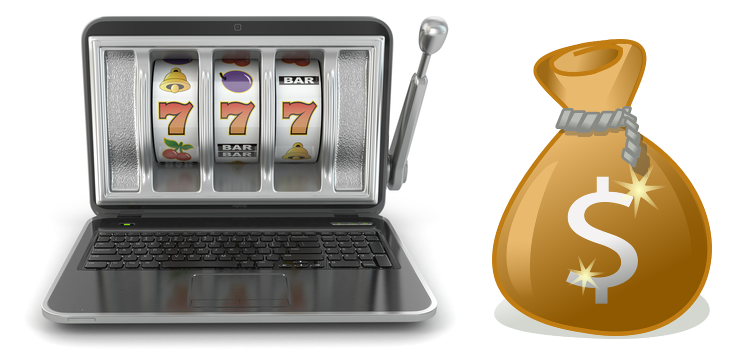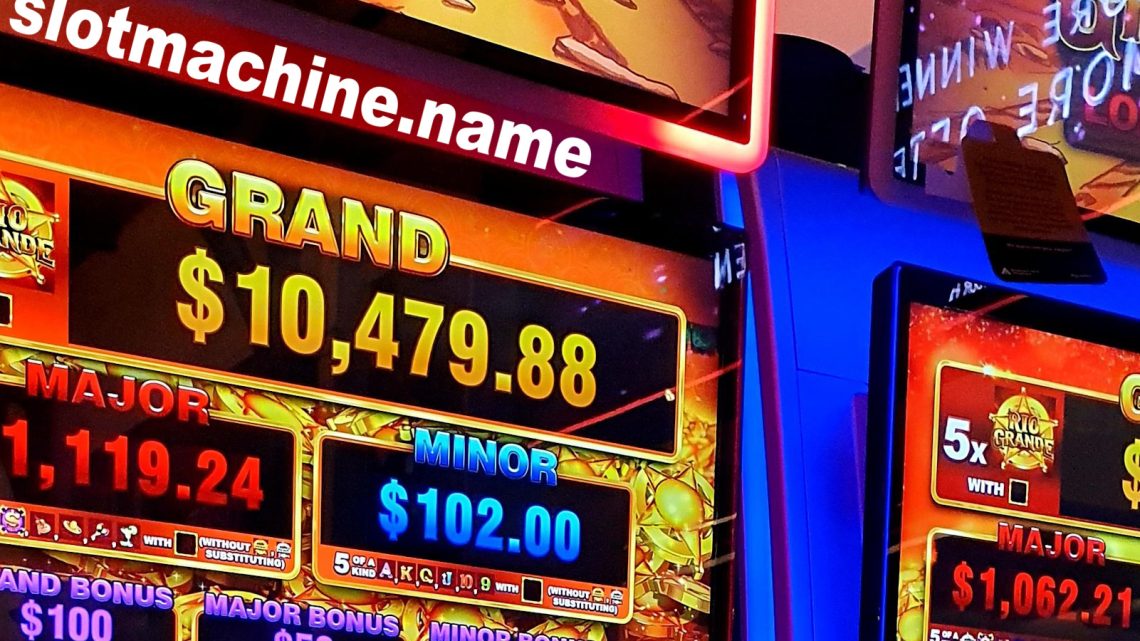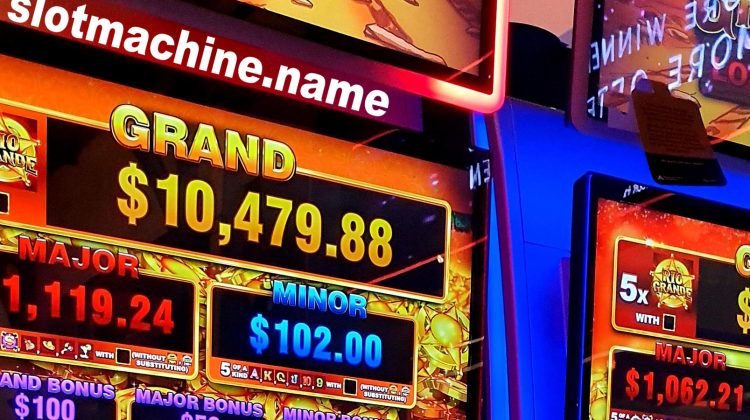Mathematicians realized early on that blackjack was different from other casino games. The hands dealt to the player and the dealer were not independent but depended on the cards already dealt. For example, in single deck blackjack, if the player is dealt two threes then the odds of the dealer drawing a three go down dramatically. Contrast that to craps. In craps if the shooter tosses two sixes that doesn’t affect the probability of throwing two sixes again on the very next roll. In craps (or roulette) the likelihood of an event happening is independent of what came before, but in blackjack each hand does depend on what happened before – which cards have been played and which cards remain in the deck.
Many professional blackjack players tried to reduce and perhaps eliminate the house advantage in blackjack but without success. The “never bust” system enjoyed a lot of popularity. A player would only draw to hands of eleven or less. Some still play this way, but it’s far from the optimum strategy and doesn’t come close to minimizing the house advantage.
In 1956 the first scientifically proven way to minimize the house edge was published by a group of statisticians headed by Roger Baldwin. The 10-page paper was titled The Optimum Strategy in Blackjack and became the first effort to apply mathematics, probability, and statistics to the game. They proved that the house edge could be reduced with appropriate play. Since they didn’t have access to a computer, they performed three years worth of calculations by hand using adding machines and slide rules. All professional blackjack players today use the basic strategy Baldwin developed. (See my article “Basic Generic Blackjack Strategy Made Easy” on this site for the details of the basic strategy.) The important thing about basic strategy that it is the mathematically correct way to play (hit, stand, double down, or split) based on the dealer’s upcard and not based on guesswork or hunches.
Professor Edward O. Thorp recognized that Baldwin concentrated on the cards that were out and showing and came up with the idea that play could also be based on the unplayed cards. He published his book, Beat the Dealer, in 1962 and promoted the ten-count system, which ushered in the card counting era. Casinos panicked as they envisioned hordes of card counters storming their casinos and walking away with lots of money. They began shuffling the deck at random times and introduced multi-deck games. Thorpe’s original system can’t be used today, since it was extremely difficult to master and was based on a single deck blackjack game.
Professional blackjack players realized that Thorpe’s card counting ideas could be modified and not only eliminate any house edge but swing the odds in favor of the card counter. Led by Stanford Wong, Julian Braun, Ken Uston and many others, they fought back and developed new and simpler ways of counting cards and computerized techniques to teach basic strategy. (See my articles “Modern Card Counting for Winning at Blackjack” and “Winning Blackjack – Some Simple Exercises to Learn Card Counting” on this site.) Today card counters can routinely beat the land-based casinos at blackjack.
Visit my website to get an idea of other aids to help you learn to win at blackjack.
By Joseph Starr
Joseph Starr (pen name) completed his formal education when he earned a Ph.D. in Finance and Accounting. He taught business, economics, and computer subjects at the college level for thirty years and is now retired. Visit his website to read about popular gambler’s aids to help you win at the casinos.











No Comment